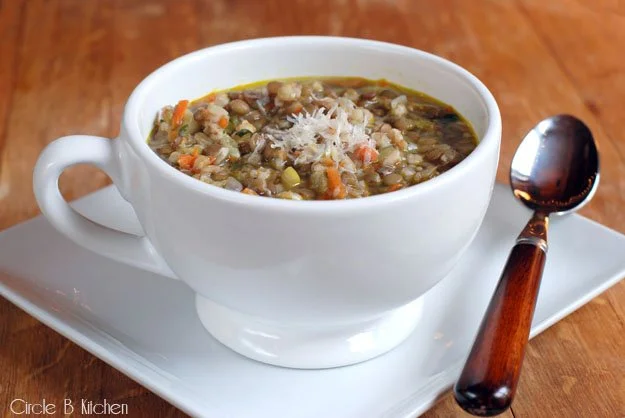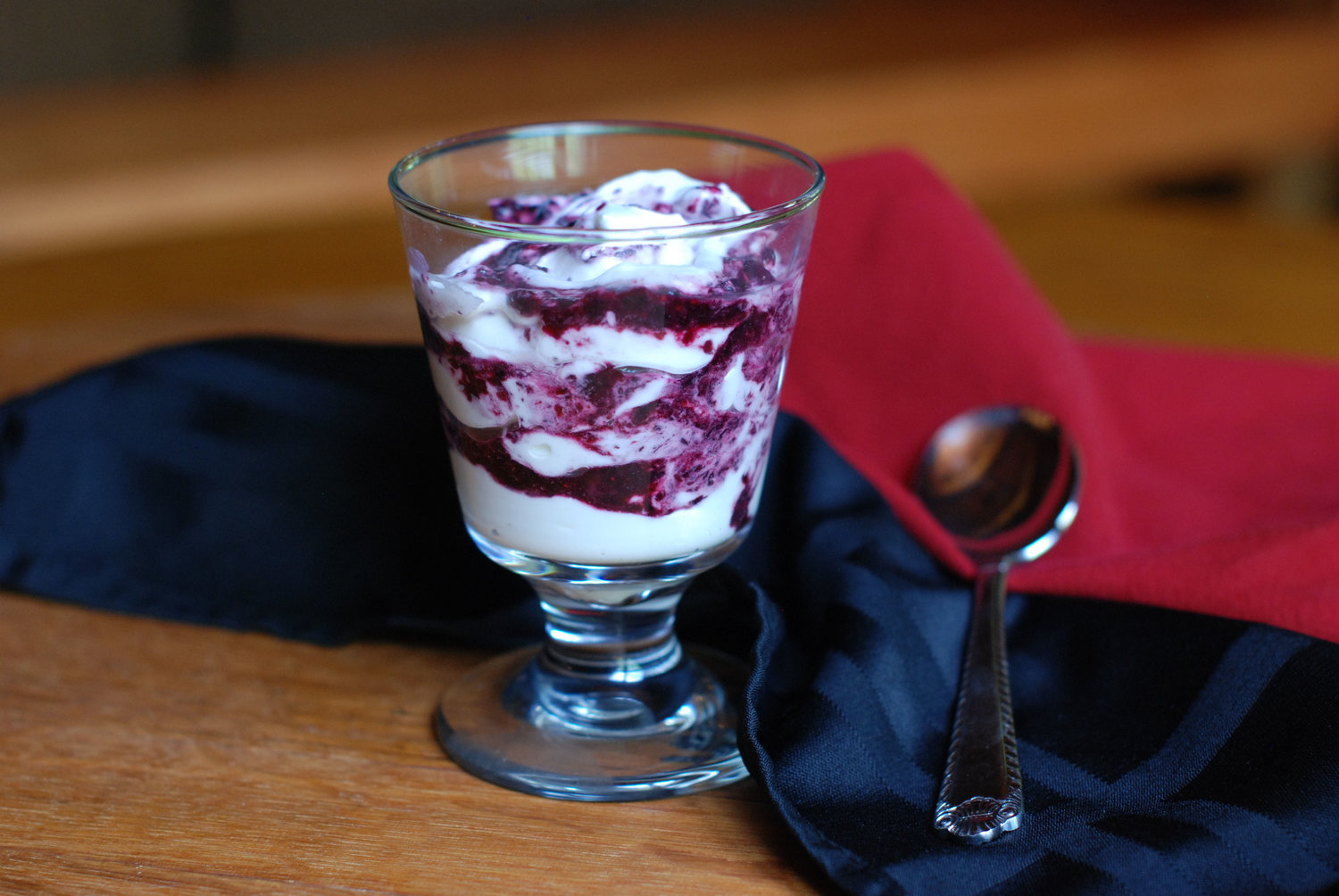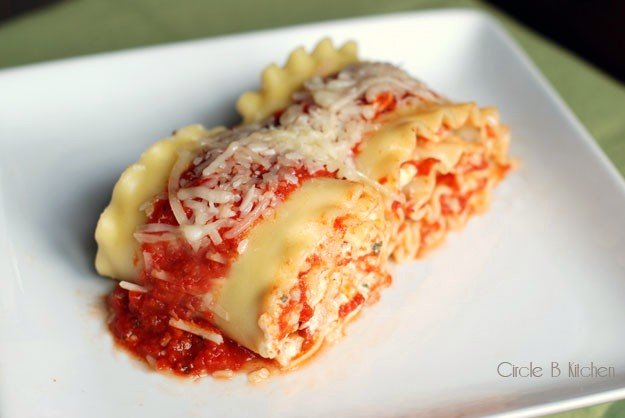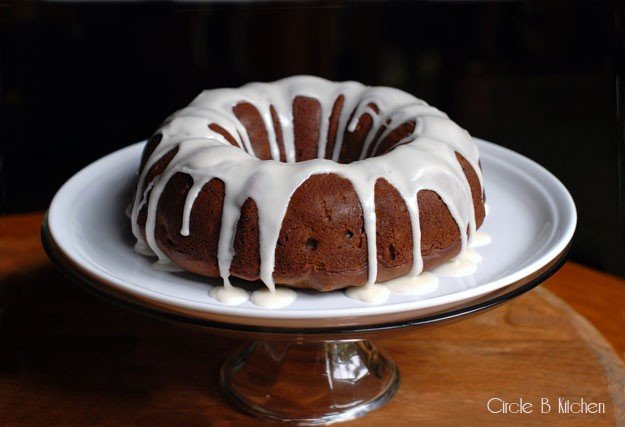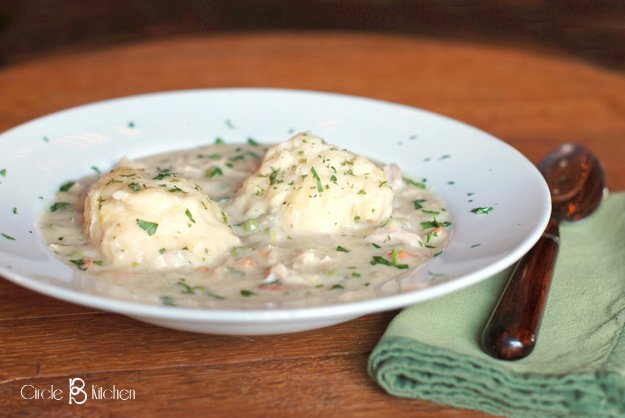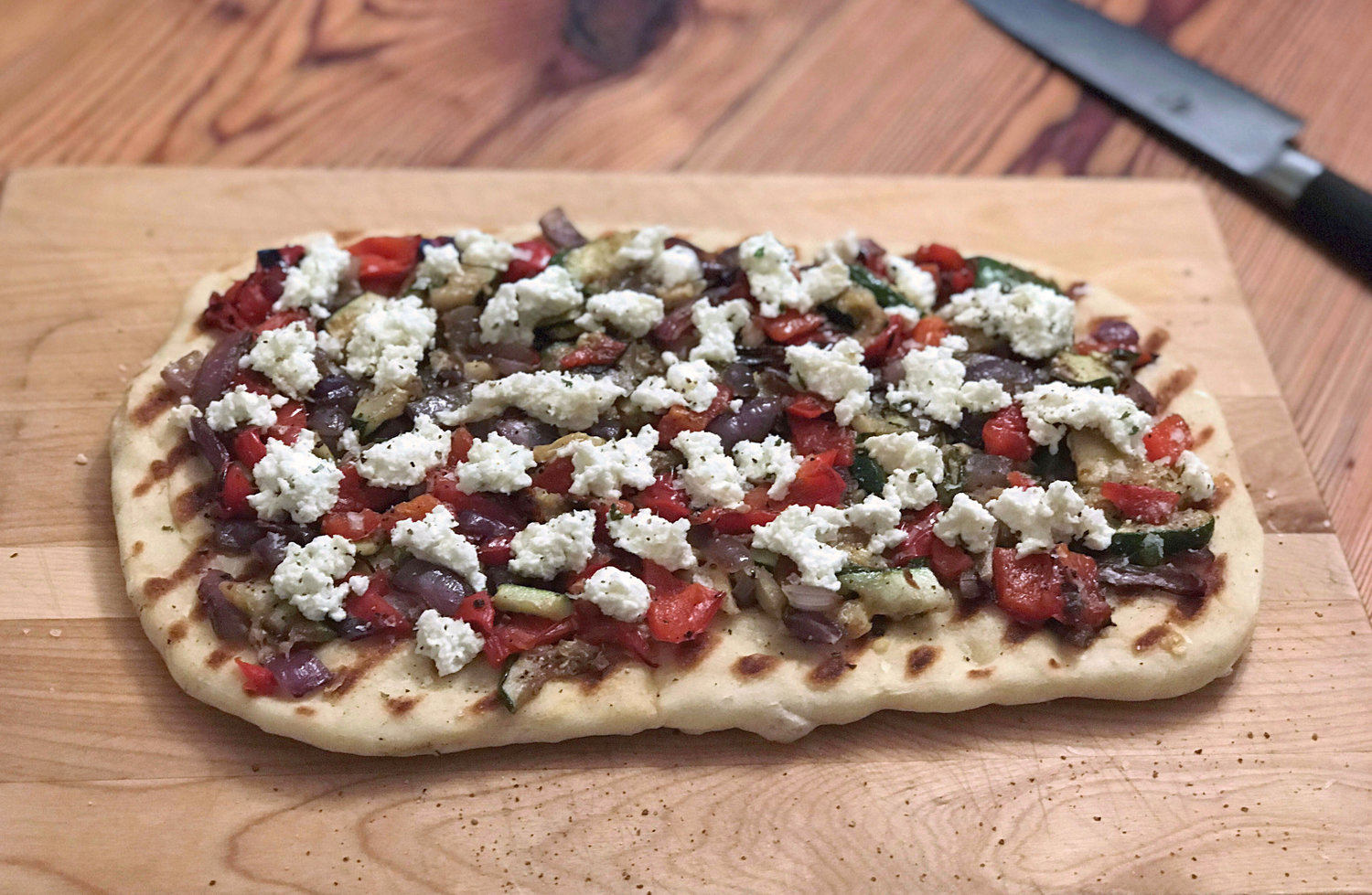Peter Reinhart's Multigrain Bread
/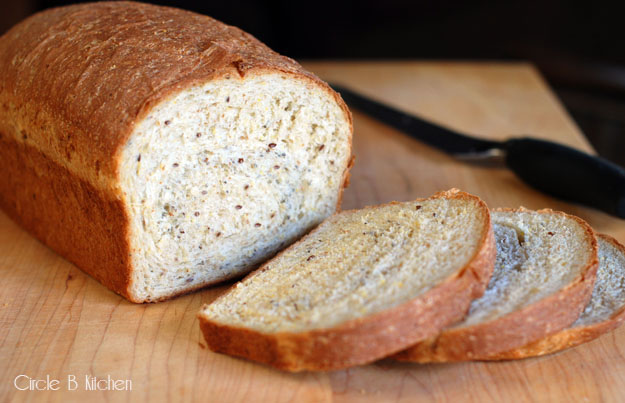
Not that I’m counting, but I believe this makes the 10th bread recipe I’ve posted on this blog. And that doesn’t count the quick breads, flatbreads, dinner rolls or other bready sorts of things I’ve posted. I’m sure it won’t be the last, but I’m going out on a limb here to say that it might be the best. I feel just awful saying that out loud because I do love all of my bread children; but I think this one just elevates the whole experience of homemade bread to another level of kicked up goodness.
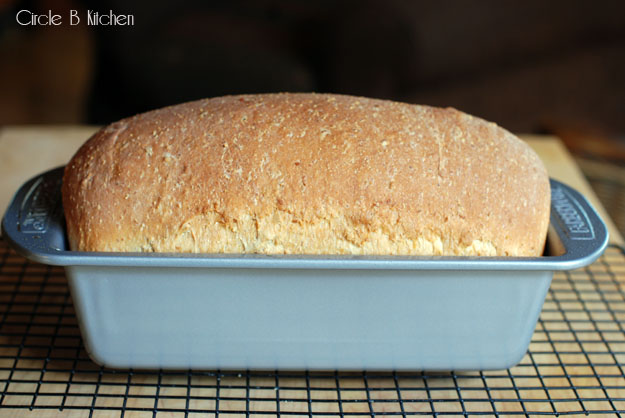
The recipe comes to us from Peter Reinhart and his book, The Bread Baker’s Apprentice, which is my go-to text book for all things yeasty. He calls this his “Multigrain Bread Extraordinaire” which is no exaggeration. This is, indeed, some extraordinary bread.

So what makes it so extraordinary? I’m glad you asked because there are actually a couple of things that make it pretty special. One is the incredible texture of this bread… it makes absolutely amazing toast. The other, of course, is the flavor. There’s just a bit of brown sugar in the dough which gives it an almost undetectable sweetness, but it’s there all the same. And as Mr. Reinhart says, it’s also why it makes such great toast. The sugar helps the bread to sort of caramelize when it toasts up and the contrast of the crispy edges and the chewy interior makes it a bit addicting.
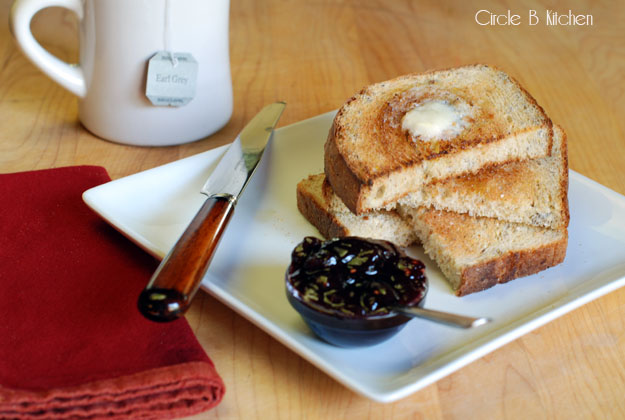
Another thing that makes this bread unique is that it begins with a soaker of corn meal, oats and wheat bran that are mixed with a little water. This sits out overnight to give it time to activate the enzymes in the grains and break out trapped sugars from the starches and softens the coarse grains, and according to Mr. Reinhart, the effect of this is to dramatically improve the flavor of the finished loaf. So therein lies the secret to why we’ve come to love this bread… grains and enzymes and sugars that have busted loose from starch prisons and enough drama to make one heck of a fine loaf of bread.
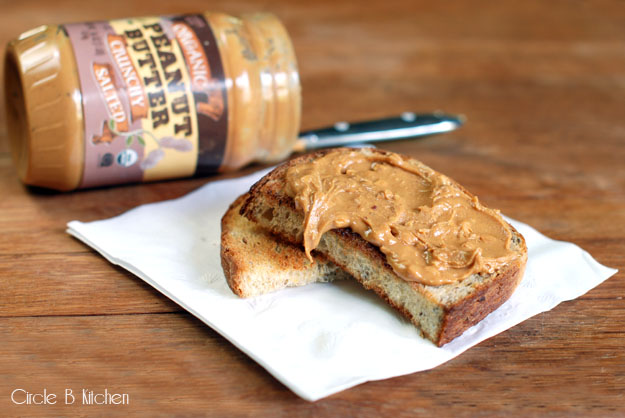
The Husband has declared it his favorite, and that alone is reason enough to keep making it. And since I’m inclined to agree with him, he’ll most likely have lots of yummy toast to keep him happy for awhile. Here’s the recipe…
Peter Reinhart's Multigrain Bread
Click here for a printable recipe
This bread is actually pretty easy to make. Do not be dismayed by step 4. You can just roll the bread into a loaf shape and it will be fine. In his book, Mr. Reinhart describes how to fold the bread into thirds and create a loaf shape, but it works just as well to simply roll it up. No worries. The recipe calls for 3 tablespoons of brown rice, which seems a little odd, but at the same time as I put the grains in for the soaker, I cook up some brown rice by tossing a handful into boiling water and simmering it for about 30 minutes, or until done. Then I drain it really well and stick it in the fridge to use in the dough the next day. Any extra gets thrown into salads or eaten for lunch with some veggies and drizzled with soy sauce. I've made this bread several times now and at different times I've added wheat berries, flax seeds and/or chia seeds. We've loved them all, so feel free to add whatever seeds or nuts make you happy. If you'd like to add wheat berries (which we loved), be sure follow the package directions for cooking them before adding them to the dough. One more thing... the original recipe calls for adding poppy seeds to the top of the loaf, but honestly, they don't stick and I didn't think they added anything, so feel free to skip that step.
Soaker ingredients:
3 tablespoons coarse cornmeal (polenta), millet, quinoa, or amaranth
3 tablespoons rolled oats
2 tablespoons wheat bran
1/4 cup water
Dough ingredients:
3 cups unbleached bread flour
3 tablespoons brown sugar
1 1/2 teaspoons salt
1 tablespoon active dry yeast
1/2 cup warm water
3 tablespoons cooked brown rice
1 1/2 tablespoons honey
1/2 cup buttermilk or milk
1/4 cup water
(flax seeds, chia seeds, wheat berries or any nuts and seeds as desired. I use 2 tablespoons chia seeds, 2 tablespoons flax seeds and 1 tablespoon caraway seeds)
Step 1. The day before baking, combine the soaker ingredients in a small bowl. Stir in the 1/4 cup water, cover the bowl with plastic wrap and let the soaker sit overnight.
Step 2. To make the dough, stir together the yeast and 1/2 cup warm water. Let sit for 5-10 minutes until foamy. Add in the remaining ingredients. Stir or mix on low speed with the paddle attachment until the ingredients form a ball. Add a few drops of water if any of the flour remains separate.
Step 3. Sprinkle flour on the counter, transfer the dough to the counter and begin to knead (or mix on medium speed with the dough hook). Knead for about 12 minutes (or mix for 8 to 10 minutes on medium-low speed), sprinkling in flour if needed to make a dough that is soft and pliable, tacky but not sticky. The individual ingredients will homogenize into the greater dough, disappearing to an extent, and the dough will smooth out and become slightly shiny. (If you are using an electric mixer, hand knead the dough for a minute or two at the end.) Lightly oil a bowl and transfer the dough to the bowl, rolling it around to coat it with oil Cover the bowl with plastic wrap and let rise at room temperature for 90 minutes or until the dough doubles in size.
Step 4. Remove the dough from the bowl and press it into a rectangle about 3/4 inch thick, 6 inches wide and 8 to 10 inches long. Working from the short side of the dough, roll up the length of the dough one section at a time, pinching the crease with each rotation to strengthen the surface tension. Pinch the final seam closed with the back edge of your hand or with your thumbs. Rock the loaf to even it out. Keep the surface of the loaf even across the top. Place the loaf into a lightly oiled 9 x 5-inch loaf pan, or onto a sheet pan lined with baking parchment if you are making rolls or freestanding loaves. Mist the top of the dough with water and sprinkle with poppy seeds, if desired. Mist again, this time with spray oil, and loosely cover the dough with plastic wrap or a towel.
Step 5. Proof for approximately 90 minutes, or until the dough nearly doubles in size. If you are using a loaf pan, the dough should crest fully above the lip of the pan, doming about 1 inch above the pan at the center.
Step 6. About 30 minutes before the bread has finished rising, preheat the oven to 350 degrees F. Bake for about 40 minutes on the middle rack of the oven, until the bread is deep brown and the internal temperature reaches 190 degrees. (Check the bread after about 20 to 30 minutes, and if it's browning quickly, cover with foil to prevent the crust from over cooking)
Step 6. When the loaf is finished baking, remove immediately from the pan and cool on a rack for at least 1 hour, preferably 2 hours, before slicing or serving.





